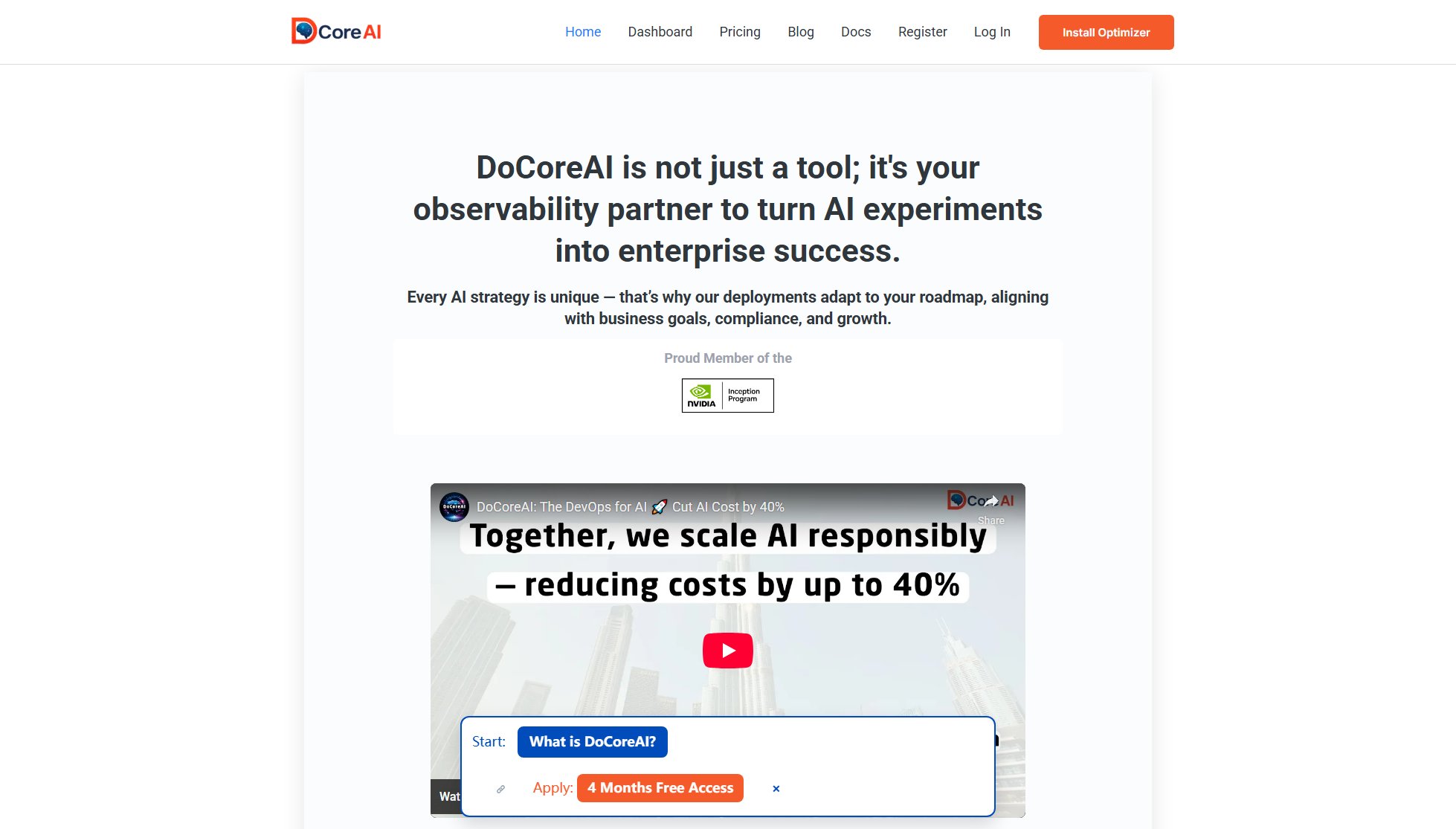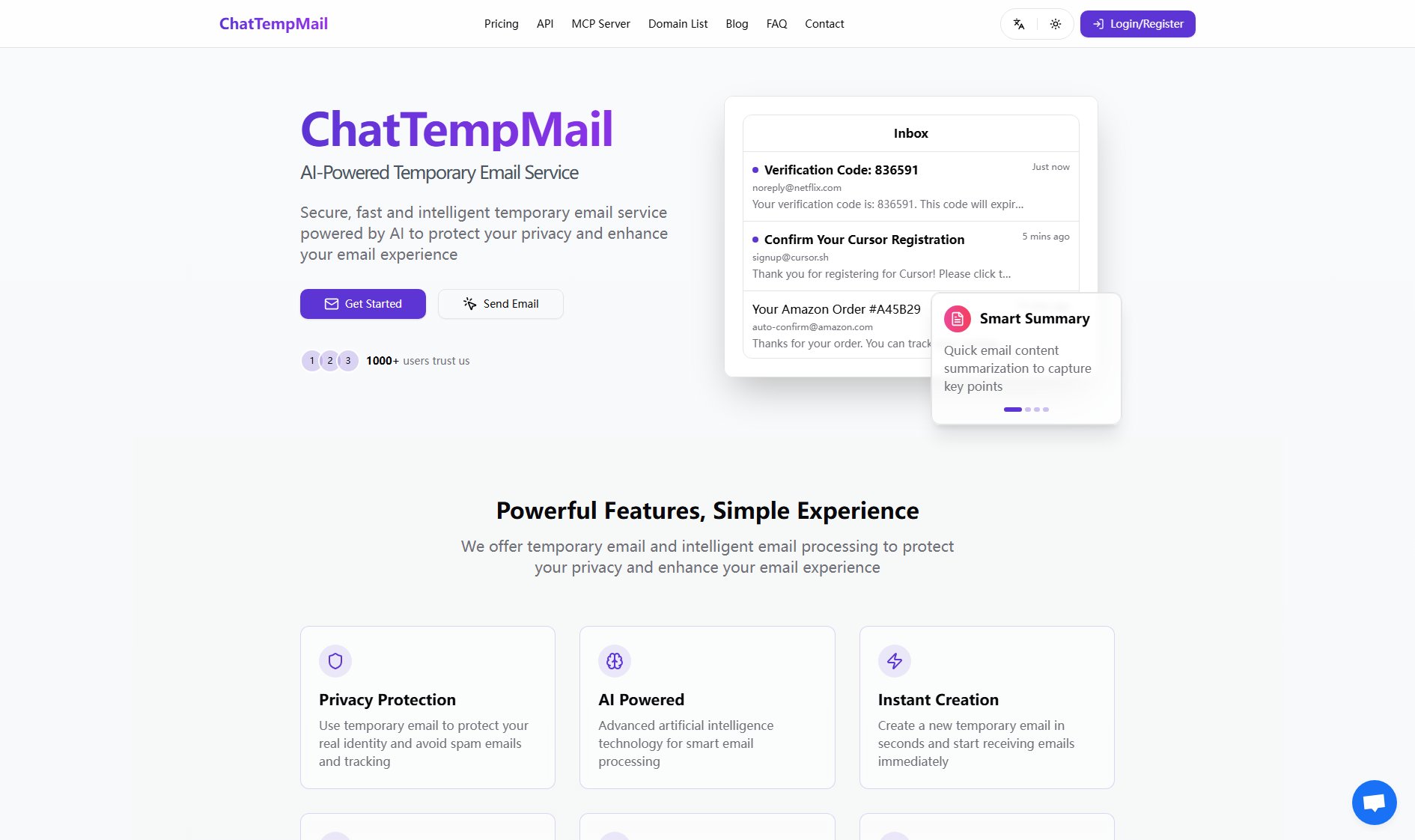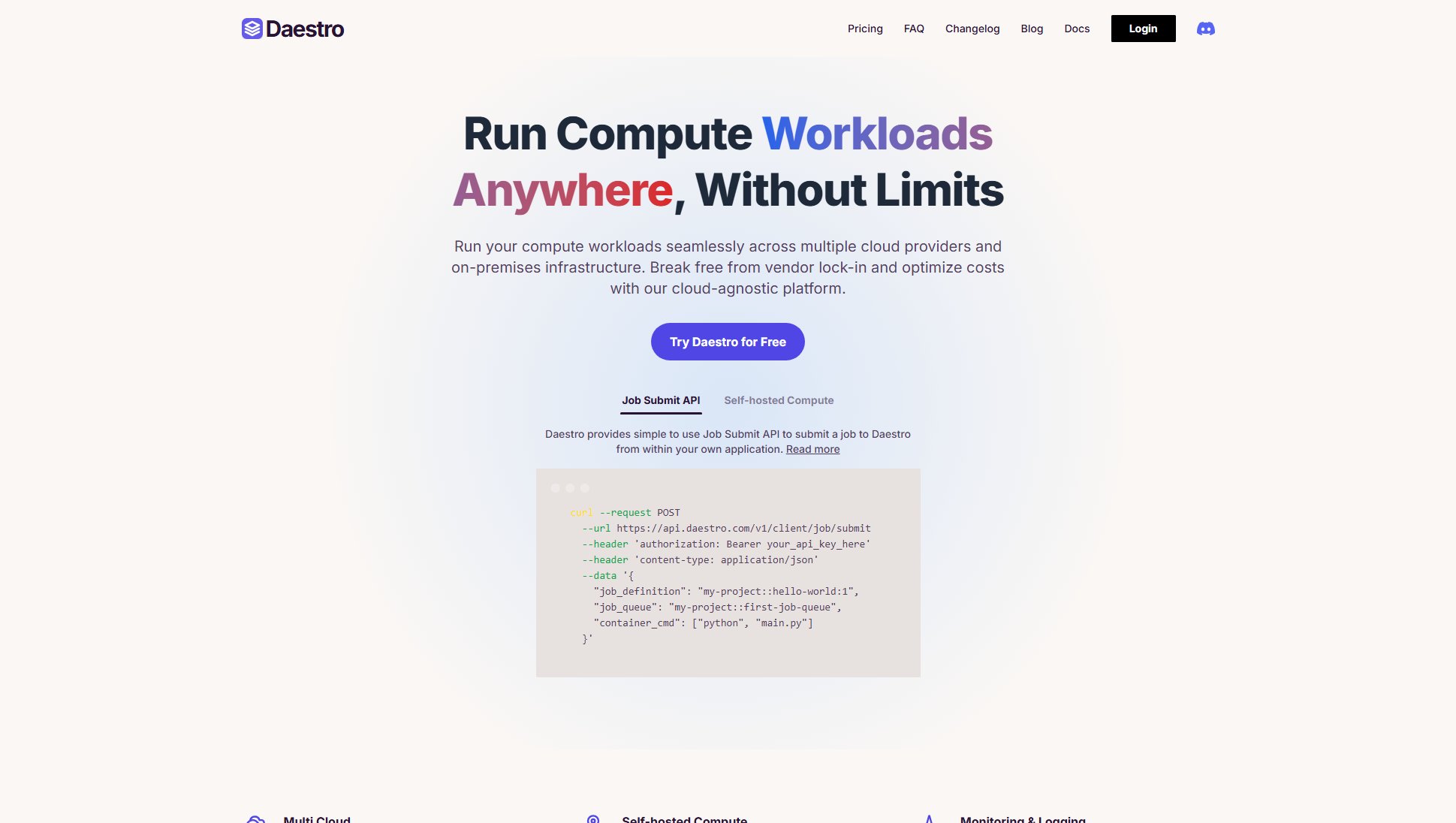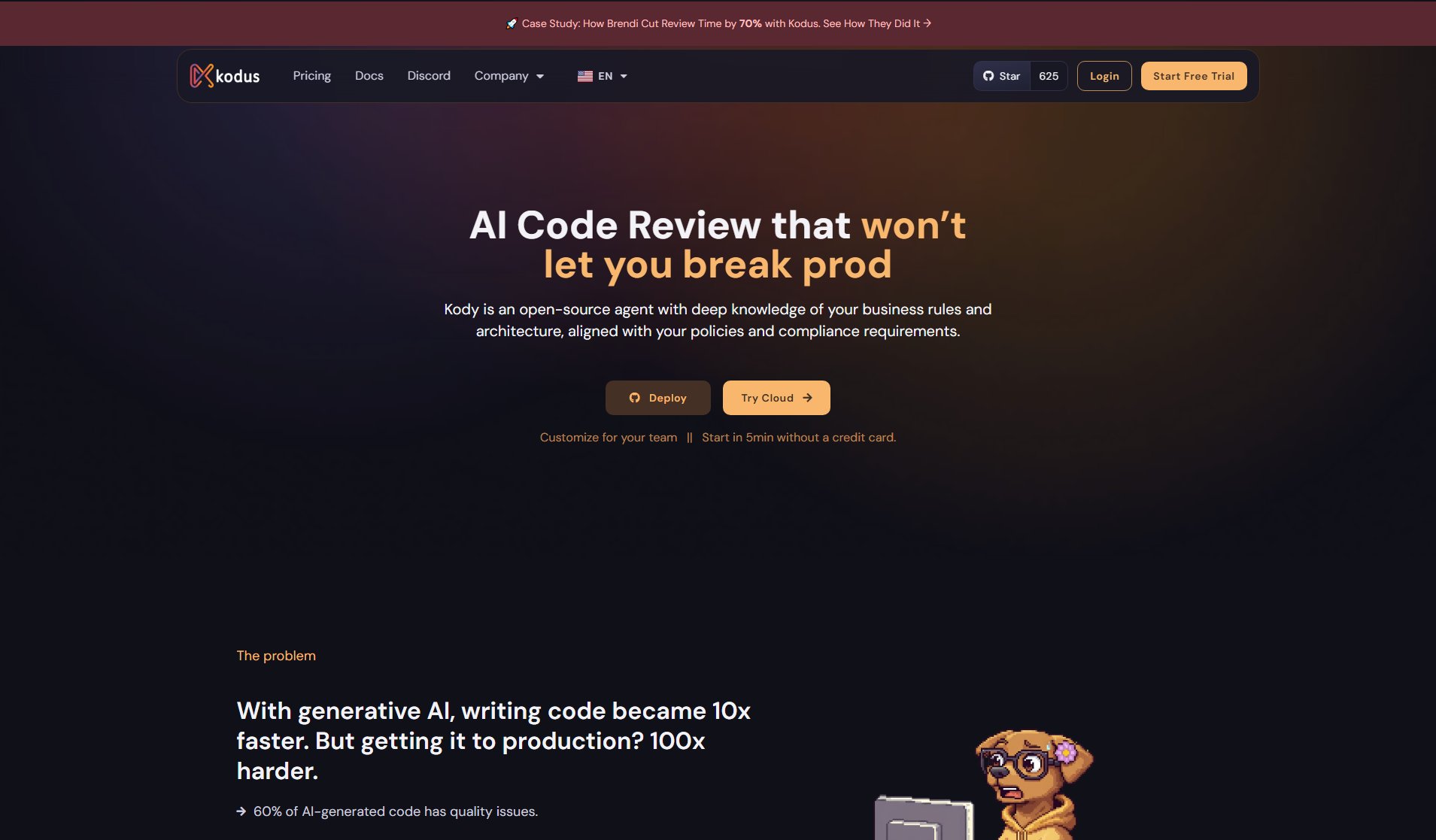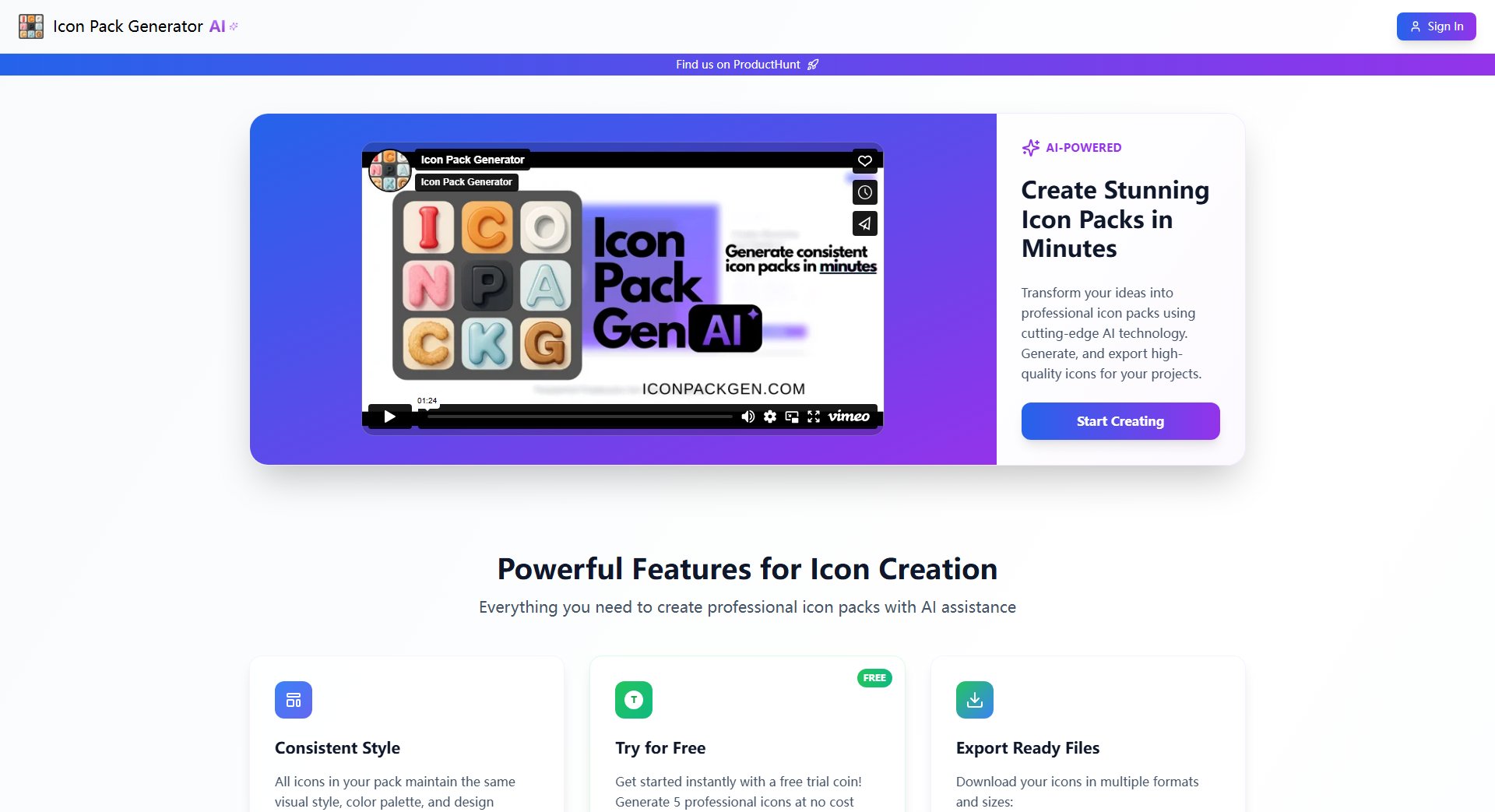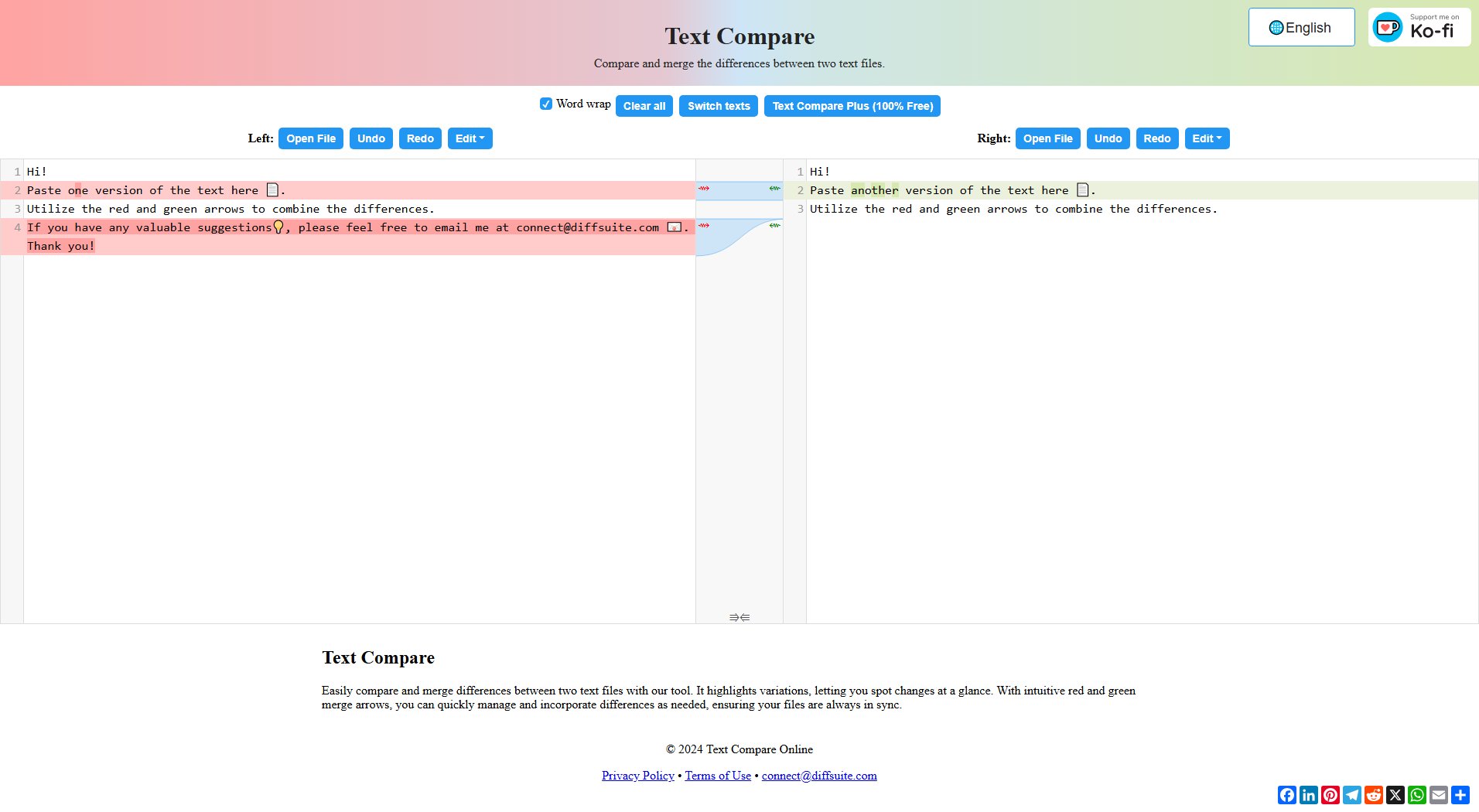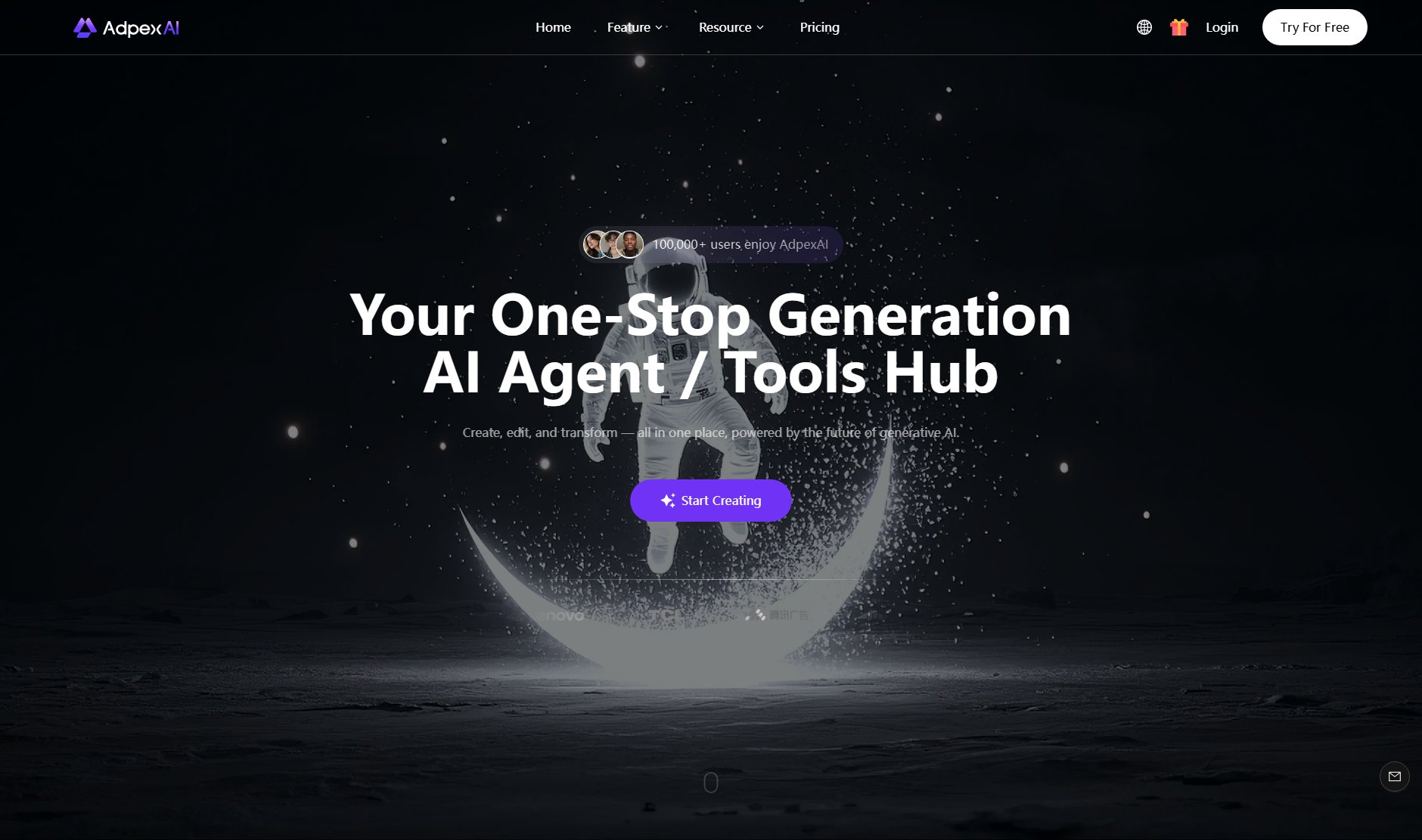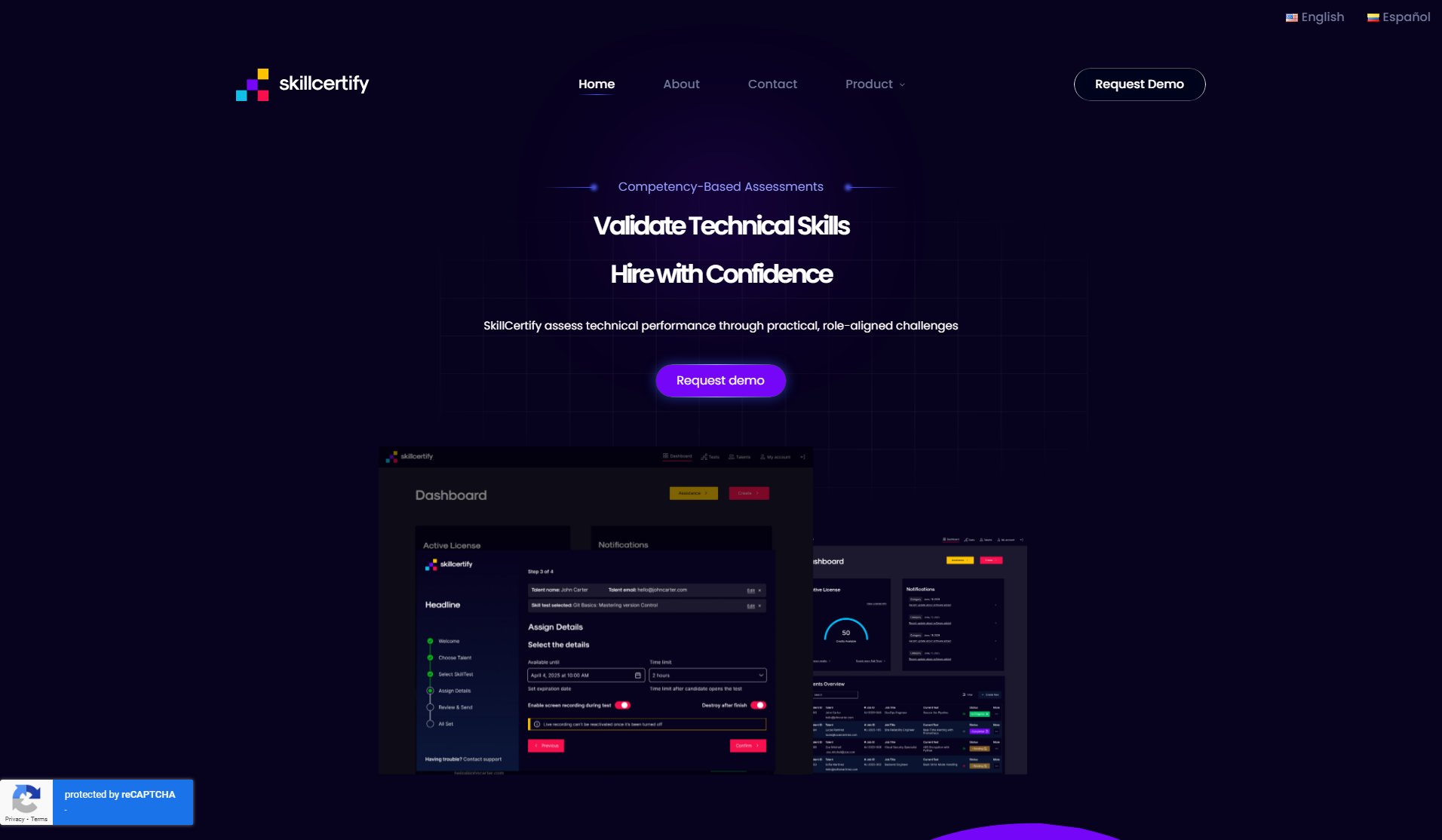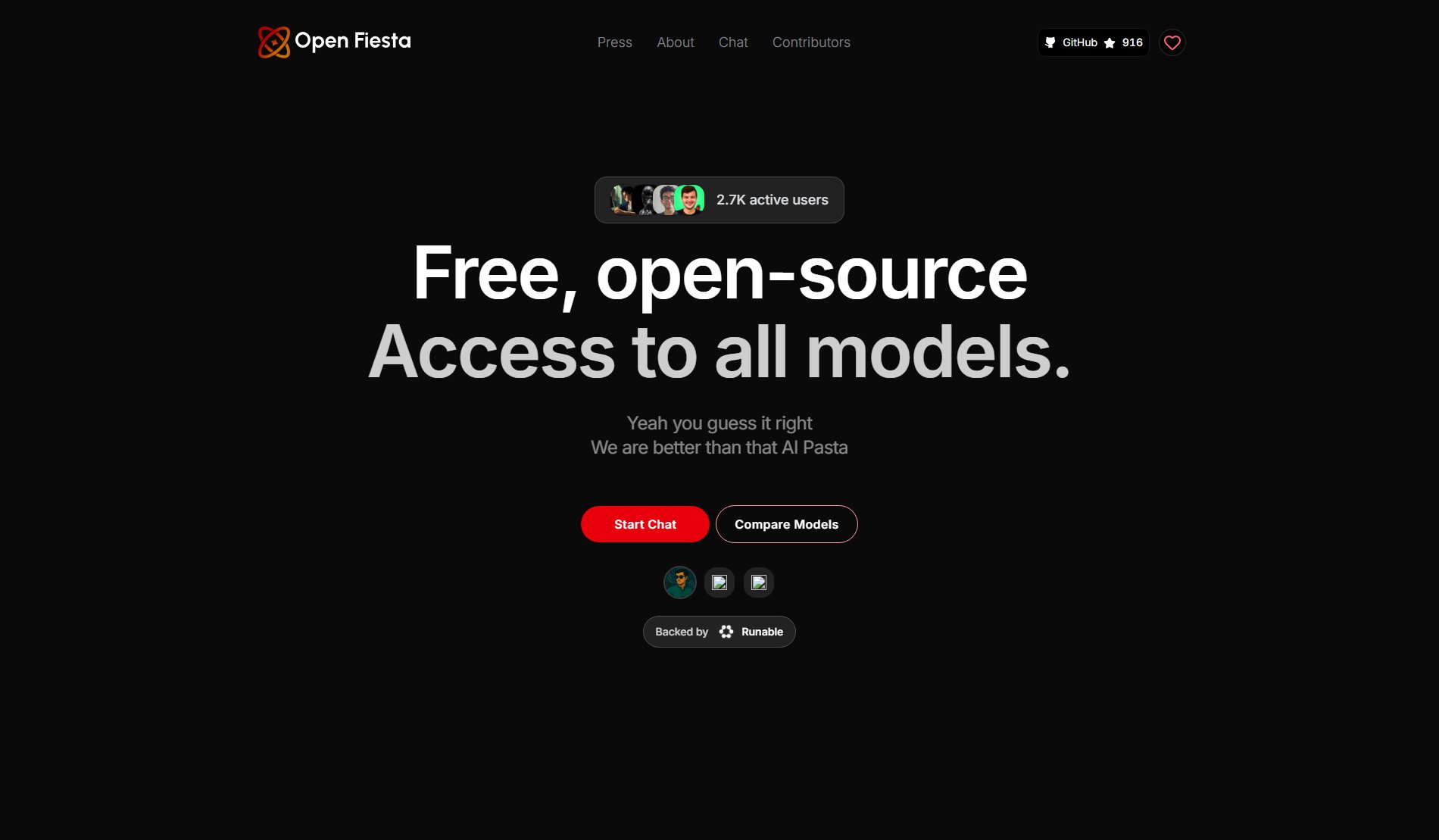Universal Tool Calling Protocol (UTCP)
A modern standard for defining and interacting with tools across protocols
What is Universal Tool Calling Protocol (UTCP)? Complete Overview
The Universal Tool Calling Protocol (UTCP) is a flexible and scalable standard designed to facilitate interaction with tools across various communication protocols. It eliminates the need for wrapper servers by enabling direct communication between agents and tools. UTCP is particularly valuable for developers and organizations looking to integrate diverse tools without building and maintaining wrapper infrastructure. The protocol leverages existing systems, working with HTTP, WebSockets, CLI, and other protocols while maintaining the tool's native authentication and rate limiting mechanisms.
Universal Tool Calling Protocol (UTCP) Interface & Screenshots
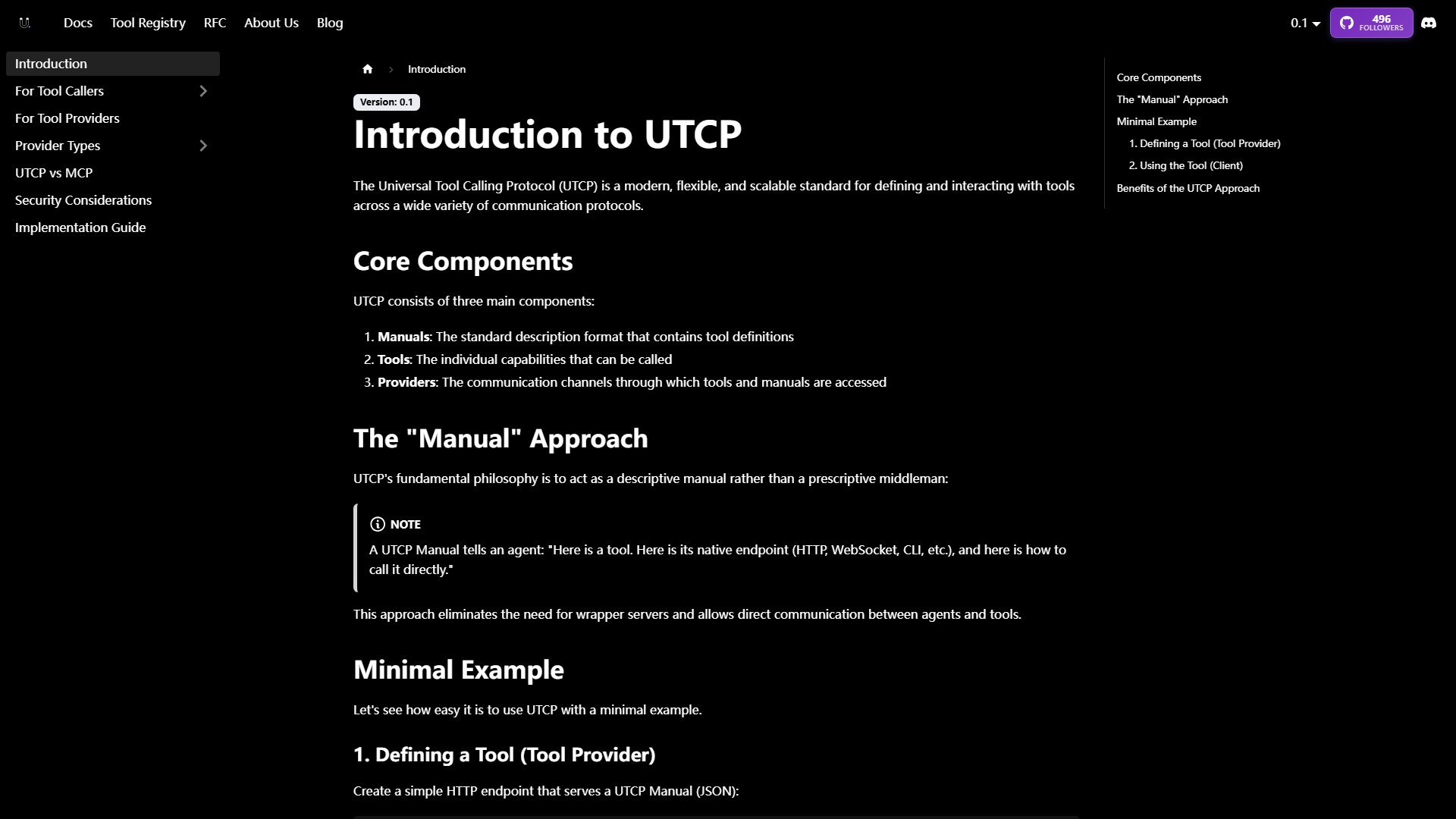
Universal Tool Calling Protocol (UTCP) Official screenshot of the tool interface
What Can Universal Tool Calling Protocol (UTCP) Do? Key Features
Manual Description Format
UTCP uses a standardized JSON format called Manuals to describe tool definitions. This format includes all necessary information about tools, their inputs, outputs, and how to call them directly through their native endpoints.
Direct Tool Communication
Unlike traditional approaches that require middleware, UTCP allows clients to call tools' native endpoints directly. This reduces latency and eliminates the need for wrapper servers.
Protocol Agnostic
UTCP works with any communication protocol including HTTP, WebSockets, CLI, and more. This flexibility makes it adaptable to various existing systems and workflows.
Tool Provider System
UTCP introduces Providers as communication channels through which tools and manuals are accessed. This creates a standardized way to discover and interact with tools regardless of their underlying implementation.
Simplified Integration
With UTCP, integrating new tools into existing systems becomes straightforward. The protocol's descriptive approach means tools can be added without modifying existing infrastructure.
Best Universal Tool Calling Protocol (UTCP) Use Cases & Applications
Weather Service Integration
A weather service provider can expose their API through UTCP, allowing clients to discover and call weather data endpoints directly without needing custom integration code.
Microservices Architecture
In a microservices environment, UTCP can serve as a standardized way for services to discover and call each other's capabilities, reducing integration complexity.
CLI Tool Integration
Command-line tools can be exposed through UTCP, making them accessible to automated systems and agents while maintaining their existing interfaces.
How to Use Universal Tool Calling Protocol (UTCP): Step-by-Step Guide
Define your tool by creating a UTCP Manual in JSON format. This includes specifying the tool's name, description, inputs, outputs, and native endpoint details.
Set up a tool provider endpoint that serves your UTCP Manual. This can be an HTTP endpoint, WebSocket, or any other supported protocol.
Implement the actual tool functionality at its native endpoint, maintaining all existing authentication and rate limiting mechanisms.
Clients can then discover and register tools by connecting to your manual provider endpoint.
Clients call tools directly using their namespaced names (provider_name.tool_name) with appropriate arguments.
Universal Tool Calling Protocol (UTCP) Pros and Cons: Honest Review
Pros
Considerations
Is Universal Tool Calling Protocol (UTCP) Worth It? FAQ & Reviews
UTCP is protocol-agnostic and can work with HTTP, WebSockets, CLI, and any other communication protocol through its provider system.
No, UTCP works with your tools' existing endpoints. You only need to create a UTCP Manual that describes how to call your tool's native interface.
UTCP leverages your tool's existing authentication mechanisms. The protocol doesn't impose any new authentication requirements.
Support is available through GitHub discussions and the UTCP Discord community.
